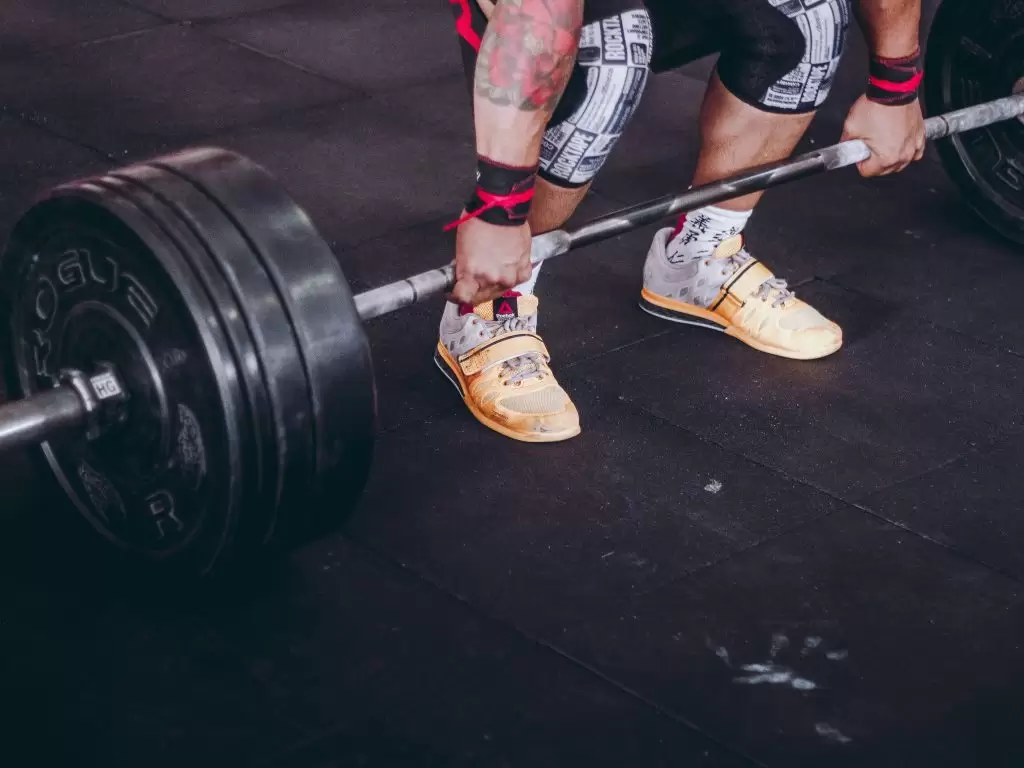Related Posts
Stay Active, Live Longer: How Exercise Can Boost Your Health After 60
As we get older, staying active becomes more important than ever. Exercise isn’t just about feeling good today it can extend your life, improve your independence, and keep you feeling strong well into your 70s, 80s, and beyond.
Chronic Fatigue and Muscle Strains – they’re not related….are they?
Find out how physiotherapy can help combat chronic fatigue according to research by Johns Hopkins University.
How Gait Analysis Can Benefit Runners
Gait Analysis is an in-depth analysis of how you move, more specifically running and walking with the ultimate goal of identifying any mechanical issues or potential risk factors for injury in a runner’s stride.
Training Cycles - Part 2: Preparation and Competition

Continuing on from last week, Paul McBride comments on the preparation and competition phases of an athletes training cycle.
The preparation period
This is the key period for getting the players and team in the right physical condition.
this phase should last between 4 and 10 weeks (depending on the level of the players and the level of competition participating in) and must consider physiological factors also. Previous experience has shown that the first positive effects of training become apparent around the 6 to 10 weeks mark.
Many football teams perform their preparation phase based on a 6-8 week period
The period is divided into two phases:
1st phase: – General preparation based around physical work. The quantity of training is decisive for this preparation, i.e. the frequency of training sessions and the duration and volume of training. The training done in this phase is relatively basic. (FIFA, 2007)
2nd phase: – This is the pre-competition phase, the phase of specific physical development with the inclusion of technical/tactical and mental aspects. The quantity of training is reduced; the quality therefore comes from the intensity of the work. (FIFA, 2007)
There are nevertheless many who feel that quality is often synonymous with quantity and intensity. This period, which is subdivided into 3 or 4 cycles lasting 1 to 3 weeks each, is known as the preparation mesocycle.
The competition periods
The duration of this period depends on the competition schedule.
this period usually lasts between 8 and 10 months (depending on the country and the level of competition).
The period is subdivided into weekly cycles called microcycles.
This is the period when general and specific fitness are transformed into match fitness: when players reach optimum performance capacity and seek to maintain this for as long as possible.
During this phase, the players’ need for competitive action is aroused and generated, and they are prepared for coping with the emotions and pressures of competing.
To ensure the right emphasis in training and to allow the training to be monitored more easily, several of the microcycles in this period become 3 to 4-week competition mesocycles.
Given the heavy burden placed on players in terms of the number of matches played (many players are involved in at least two matches per week), it is necessary to track and plan recovery and regeneration cycles into the mesocycle, especially when working with young players. When players are being developed, learning mesocycles are always programmed into the schedule.
Part 3 continues next week. In the meantime, why not book in to see Paul and see if he can help make sure you perform when it really counts this coming season!